The event is semi-supported with water and refuelling stops along the way.
Riders will need to be self sufficient for large sections of the course carrying sufficient water, spare tubes and parts. A support vehicle will follow the riders sweeping the course and event first aid will be on hand in case of emergency.
There are two re-fueling spots evenly spaced around the course. Water, sports drink, snacks and fruit will be available, but you should not rely 100% on these supplies.
RIDE WHAT YOU GOT
The course features fire trails, gravel roads and some single track. It is suitable for gravel bikes, cyclocross bikes, mountain bikes or road bikes with clearance for gravel tires (35mm plus recommended). Maybe best leave those carbon soled road shoes behind too – you will have to get off the bike a couple of times.
MANDATORY GEAR
It is mandatory that all competitors carry:
Visible race number
A fully charged mobile phone with sufficient battery to last for the full duration of the event
Water Bottles or Bladders with a capacity to carry at least 1.4 Litres of water
A digital copy of the course map
Riders should also be prepared to cope with multiple flats and broken chains. Queensland road rules apply so cycling at night requires lights. Riders should also consider carrying:
Extra half links.
At least 2 tubes and patch kit.
A hand pump (and CO2).
A multi-tool
Enough fluids and food for a very long day
Front and rear lighting if you plan being out late
Race Numbers
Every competitor is provided with a race number that must be placed on the handle bars of their bike and be visible at all times during the race.
Phones – Compulsory Equipment
You are required to carry a fully charged mobile phone. It is highly recommended that you use the Telstra network as Optus and Vodafone don’t have sufficient coverage to messages in key areas. Let’s face it, if you need to make an emergency call, you want to get coverage.
There is Telstra 3G/4G coverage throughout most of the course. Please note that coverage is generally better on high points, or on points with direct view of a phone tower. Coverage lessens when in the valleys (where there may be no reception at all).
Your phone SHOULD be turned off and stored inside a waterproof bag at all times.

